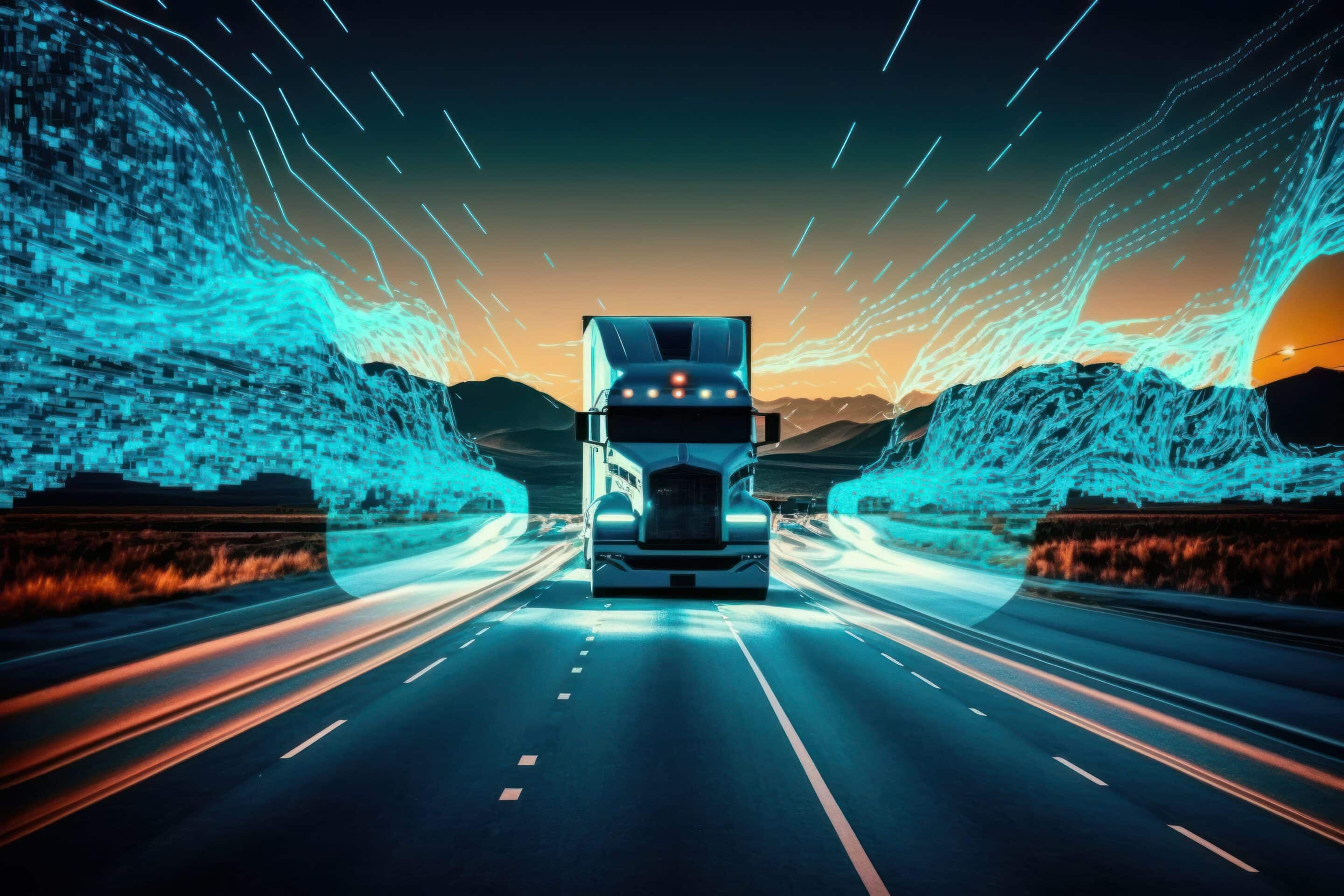Self-Driving Semis: Exciting or Terrifying?
Predicting the future is impossible…except if the future is already here! Autonomous trucks that can drive across long stretches of highways without a single human input seems like a distant dream. However, several companies are extremely close to developing these AI-controlled trucks. There are already semi-autonomous trucks out on the road, but these currently require a human driver onboard to monitor. How did these trucks come to be, who’s using them, and what does it mean for the future of the trucking industry? Keep reading!
How Do Self-Driving Semitrucks Work?
Is it really safe for trucks to be driving themselves? As it turns out, they drive better than humans, barring any malfunctions. AI software in the trucks can sense vehicles nearby, speeds, and conditions in order to drive like a person would. While some autonomous vehicles rely on pre-loaded maps, technology is rapidly improving to where trucks will traverse a road completely guided by sensors. This accounts for unexpected situations like construction or accidents on the road. The goal is to make most or all of these trucks electric, which means these new-age semis will also be climate friendly.
However, these trucks aren’t perfect. Testing has shown that autonomous vehicles do better on highways than they do on city streets, which are generally more unpredictable and require more cautious driving – which is even more difficult when maneuvering a semi. As of now, trucks have been able to make autonomous drives across the country, but still require human drivers to drive the first and last few miles to a customer. Companies who are leading the development of this technology state that these trucks would need new infrastructure to be as efficient as possible – namely, specially constructed terminals that are autonomous vehicle friendly, as well as fuel stations that would require minimal human input.
Now that we’ve discussed how this technology works, let’s explore the potential pros and cons of an industry controlled by autonomous trucks.
Pros and Cons of Autonomous Semitrucks
Pros of Self-Driving Trucks
Less Room for Human Error: It’s natural for people to get drowsy or lose focus on the road, especially when driving on stretches of unchanging highway. Humans are also prone to things like speeding and road rage, which could result in tickets or accidents. This isn’t a problem with AI technology, which is able to run at its best all the time.
More Efficient Deliveries: Truck drivers need to eat, sleep, and have adequate breaks throughout their day. The Federal Motor Carrier Safety Administration mandates drivers don’t drive more than 11 hours at a time and can’t drive for more than 14 hours in a day. On top of that, drivers will receive home time and may take vacations. These breaks are vital for a driver to stay alert and happy with their job. Autonomous trucks are not bound by human limitations, which means they can run 24/7 and only need to stop for fuel/to charge – resulting in faster delivery times and less stress for customers.
Cons of Self-Driving Trucks
Job Security: Currently, truckers are still required to monitor self-driving trucks. However, what happens when the technology is perfected? There will likely be less truck driving jobs available as driverless trucks take the road, and the rest of the truck driving workforce will likely only be responsible for driving the load through cities, which makes for hardly any miles. Since most drivers are paid by the mile, this could pose a huge problem if the industry doesn’t adapt fast enough.
Safety: The AI in a self-driving semitruck is programmed and trained to drive a truck perfectly, adapting to any conditions a driver would normally face on the road. But what if that system fails? If a truck experienced even the slightest glitch, it could create a dangerous situation for surrounding traffic. Another factor to consider, is the potential security risk caused by hackers and cybercriminals if the systems/networks of these trucks are not perfectly secure – especially if there’s no human present.
Autonomous semitrucks have their positives and negatives, but there’s no denying that this technology will change the industry as we know it. There are still many obstacles to overcome with safety and regulation, but as work progresses and more advancements are made, it’s likely we’ll hear more and more about this technology in the coming years. As the future fast approaches, it’s important for truck driving to continue to meet the needs of both its customers and those it employs.
Even though we don’t have any self-driving trucks, Melton is striving to adopt new technologies that will better the planet and are constantly giving back to our community. You can read more about these efforts on our corporate responsibility page, or view more about the top-notch trucking equipment we have for our drivers.

